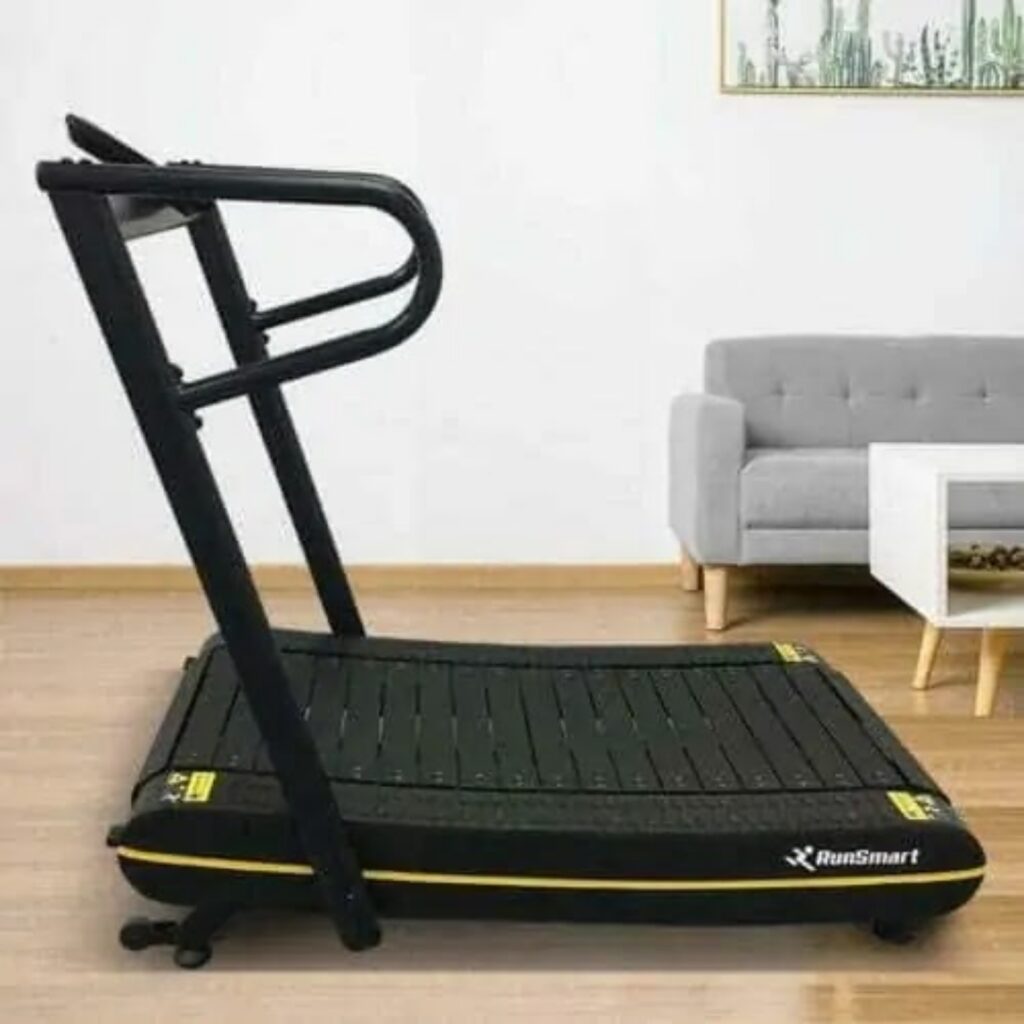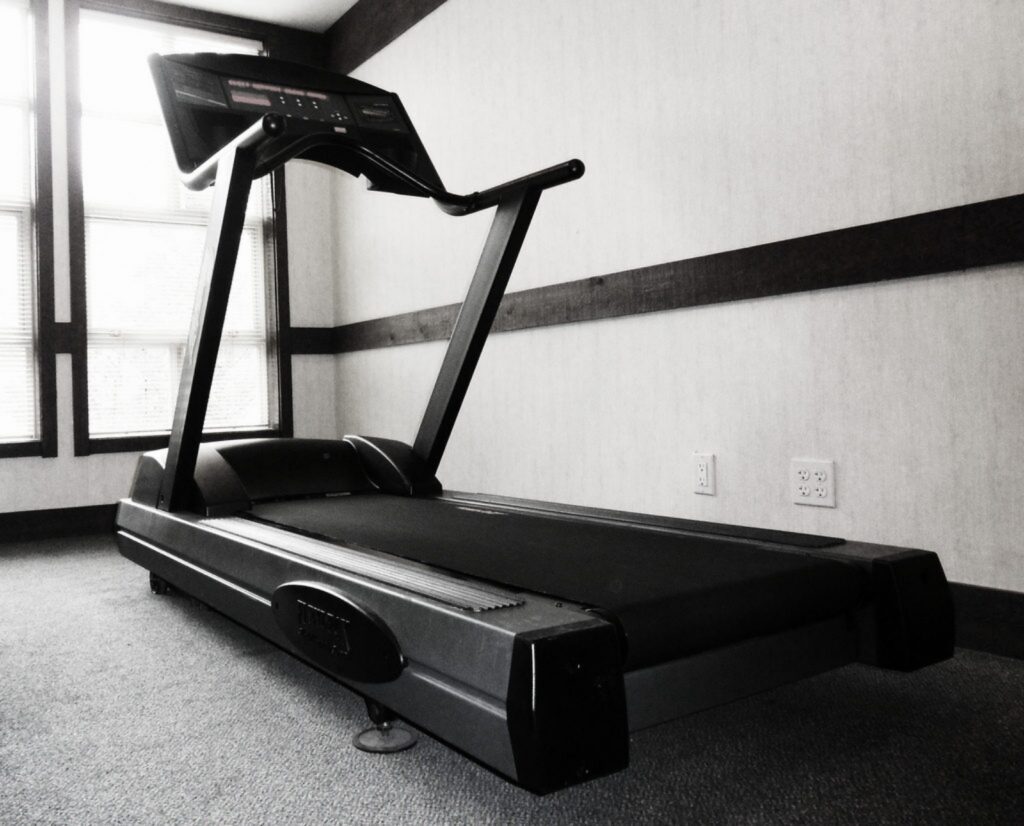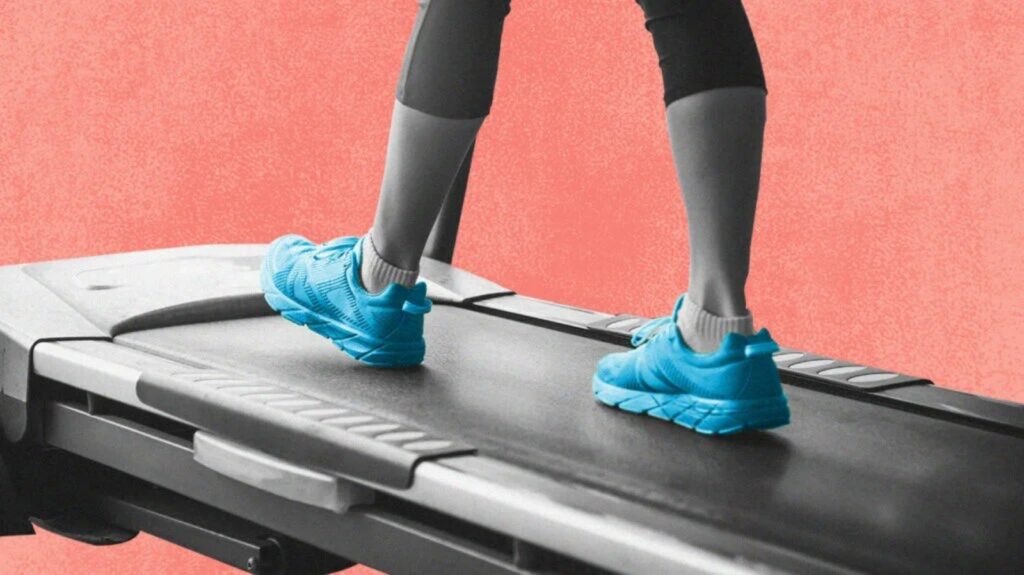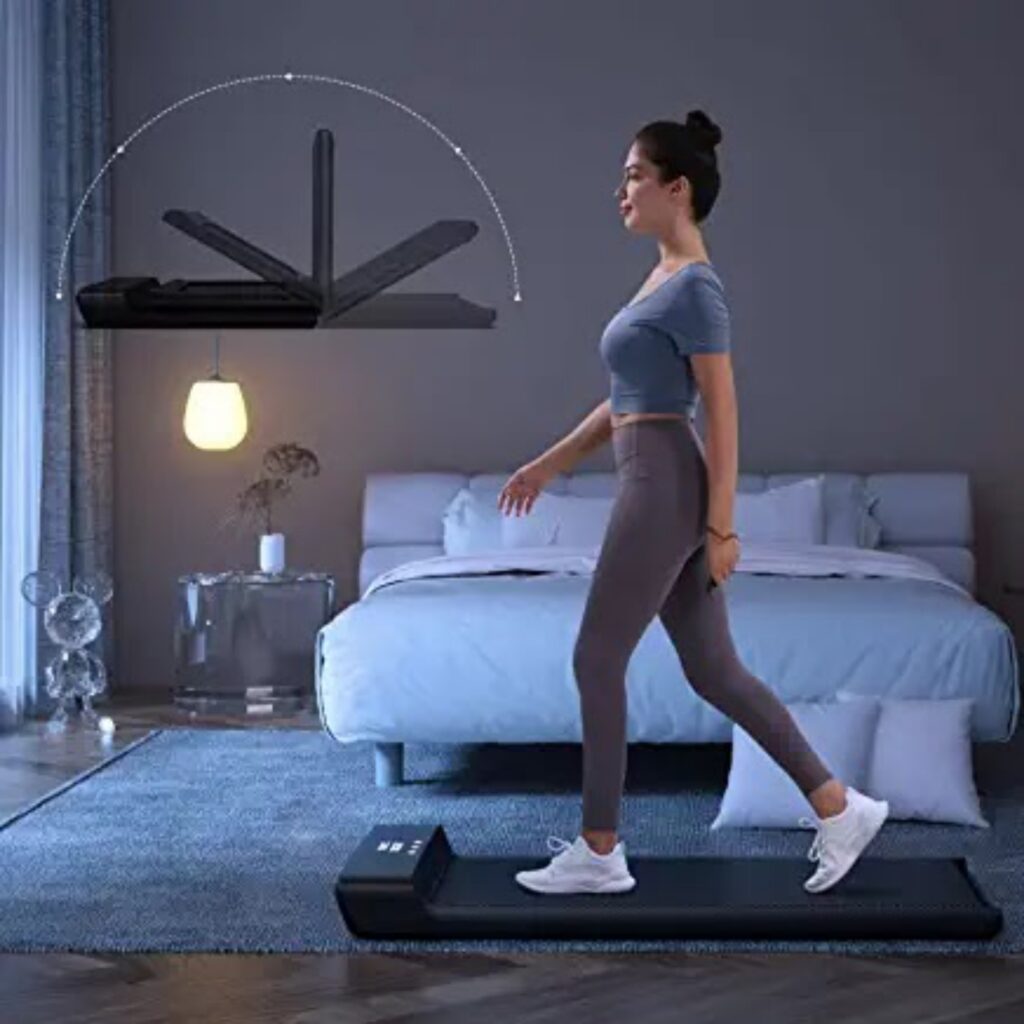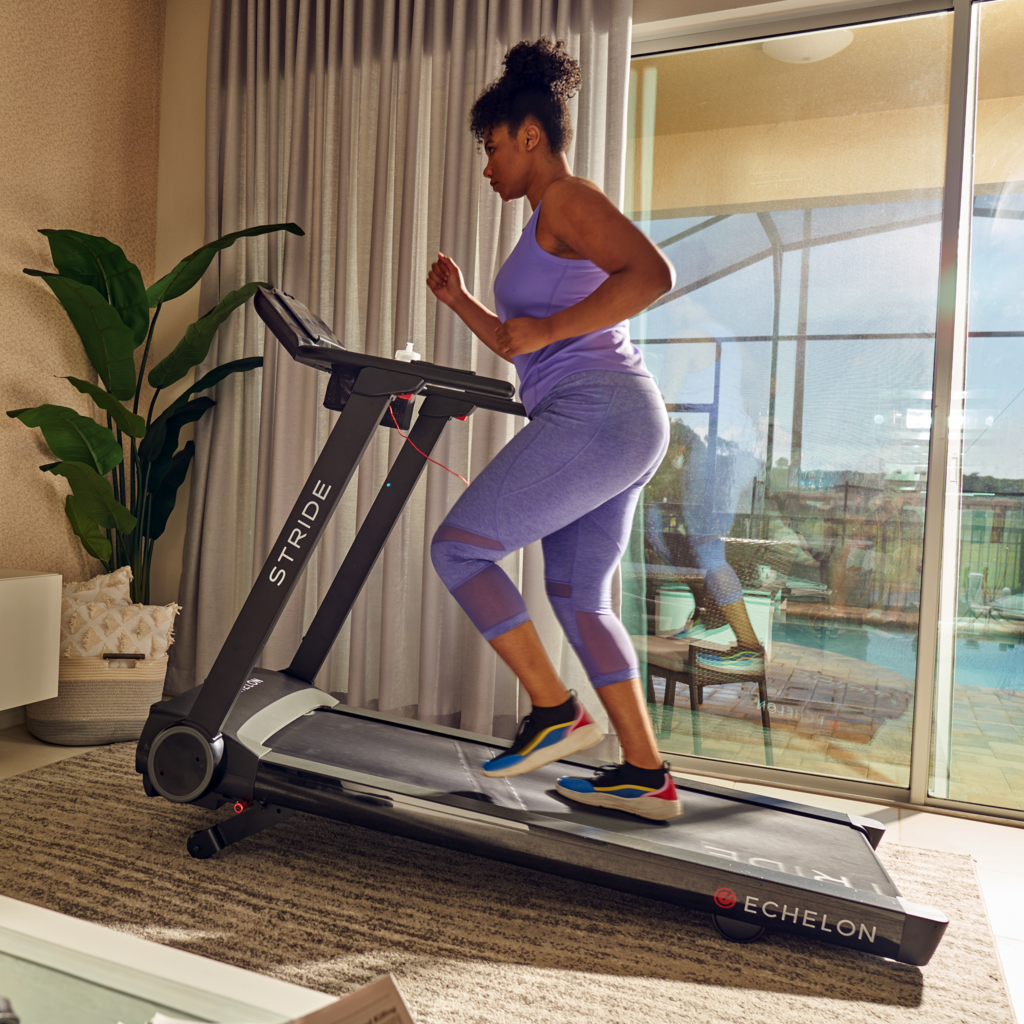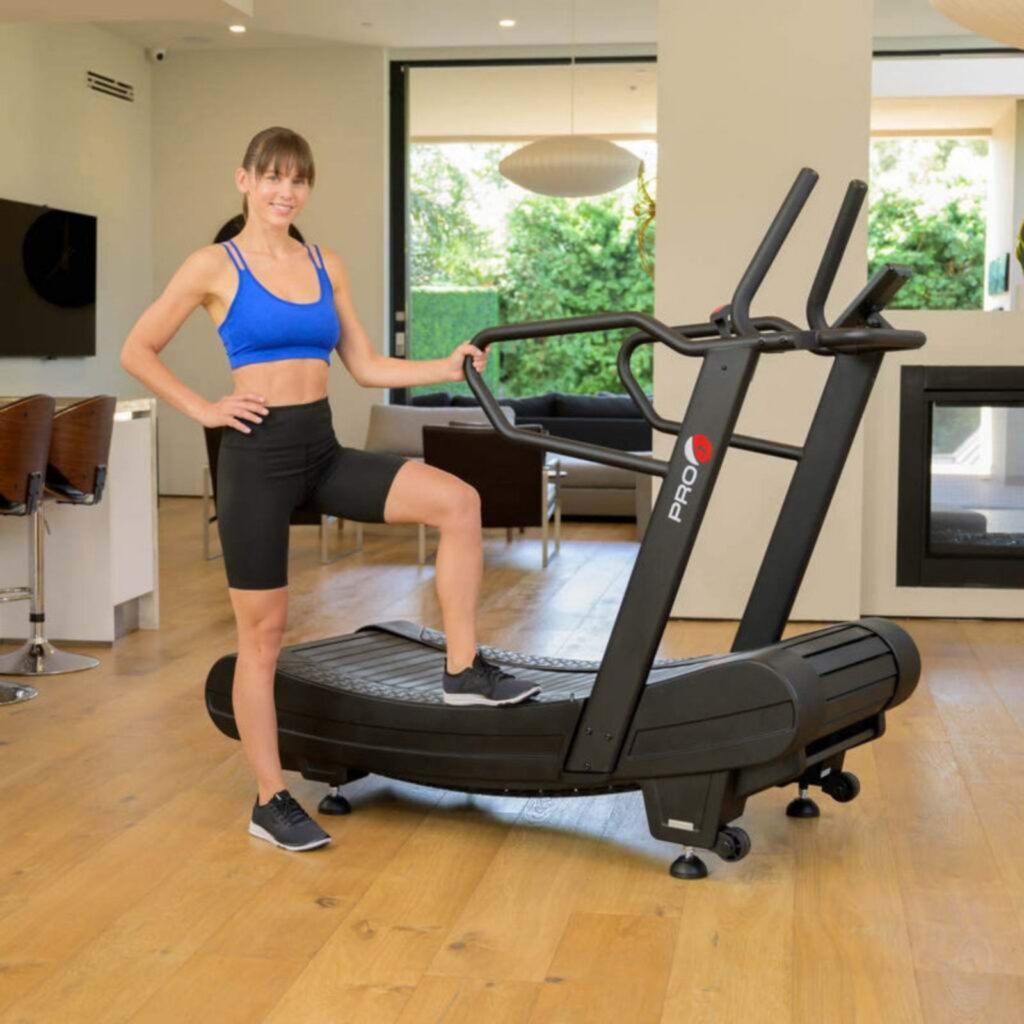
Non Motorized Treadmill
Are you looking for a way to increase your cardio and improve your overall fitness? A non-motorized treadmill might be just what you need. In this article, we’ll cover everything you need to know about non-motorized treadmills, including their benefits, how they work, and how to use them effectively.
What is a Non Motorized Treadmill?
A non-motorized treadmill, also known as a manual treadmill, is a fitness equipment that doesn’t rely on electricity to operate. Unlike traditional motorized treadmills, you power the belt’s movement by walking or running on it. The belt’s speed adjusts according to your movements, so the faster you go, the faster the belt moves.
Benefits of Using a Non Motorized Treadmill
Non-motorized treadmills offer several benefits over their motorized counterparts. Here are some of the most significant advantages of using a non-motorized treadmill:
1. More Natural Movement
Non-motorized treadmills offer a more natural running or walking experience. Because the belt’s speed adjusts to your movements, you have more control over your pace, and you can change your stride length and foot strike easily.
2. Lower Impact on Joints
Because non-motorized treadmills don’t have a motor to power the belt, they’re less jarring on your joints. This feature makes them ideal for people with joint pain or those who want to reduce the risk of injury.
3. Lower Cost
Non-motorized treadmills are often less expensive than motorized treadmills. They also require less maintenance and have fewer moving parts, which means they’re less likely to break down.
4. Increased Caloric Burn
Using a non motorized treadmill requires more effort than using a motorized one. Because you power the belt’s movement, you’ll burn more calories during your workout, making it an excellent option for weight loss.
How Does a Non Motorized Treadmill Work?
Non motorized treadmills use a flywheel to create resistance, which you overcome by walking or running on the belt. The resistance level depends on the size of the flywheel and the gear ratio. The larger the flywheel and the lower the gear ratio, the more resistance the treadmill provides.
How to Use a Non Motorized Treadmill
Using a non-motorized treadmill is straightforward. Here are some tips to help you get started:
1. Start Slowly
Because non-motorized treadmills require more effort than motorized ones, it’s best to start slowly and gradually increase your speed and distance over time.
2. Maintain Proper Form
Maintain proper running or walking form while using a non-motorized treadmill. Keep your head up, shoulders relaxed, and arms bent at a 90-degree angle.
3. Adjust the Resistance
Adjust the resistance level to your fitness level. If you’re just starting, begin with a lower resistance level and gradually increase it as you become stronger.
4. Use the Handles for Support
Most non motorized treadmills come with handles for support. Use them if you need to, especially when starting or stopping the machine.
5. Stretch Before and After Use
Stretching before and after using a non motorized treadmill can help prevent injury and reduce muscle soreness.
Non Motorized Treadmill vs. Motorized Treadmill: Which is Better?
Both non motorized and motorized treadmills offer their own unique benefits. Choosing the right one depends on your fitness goals, preferences.
Non Motorized Treadmill vs. Motorized Treadmill: Which is Better? (cont.)
- If you’re looking for a more natural and low-impact workout, a non motorized treadmill might be the better choice. However, if you want more features, like pre-programmed workouts and incline settings, a motorized treadmill might be more suitable.
Choosing the Right Non-Motorized Treadmill
When selecting a non-motorized treadmill, there are several factors to consider. Here are some of the most important ones:
1. Size
Consider the size of the treadmill, both when folded and in use. Make sure it fits in your workout space and can be easily moved if necessary.
2. Weight Capacity
Check the weight capacity of the treadmill to make sure it can support your weight safely.
3. Belt Size
Look for a treadmill with a belt size that suits your stride length and running or walking style.
4. Resistance Level
Consider the resistance level and whether it’s adjustable to your fitness level.
5. Price
Compare the prices of different non-motorized treadmills to find one that fits your budget.
Maintenance and Care
Non-motorized treadmills require less maintenance than motorized ones, but they still need care to perform well. Here are some tips to keep your non-motorized treadmill in good condition:
1. Clean the Belt
Clean the belt regularly to remove dirt and debris that can damage the treadmill’s mechanism.
2. Lubricate the Belt
Lubricate the belt periodically to keep it moving smoothly and prevent wear and tear.
3. Tighten the Belt
Check the belt tension periodically and adjust it if necessary to keep it taut.
Check for Loose Parts
Inspect the treadmill for loose parts, screws, or bolts that need tightening.
5. Store it Properly
When not in use, store the treadmill in a dry, cool place, and cover it to prevent dust accumulation.
Conclusion
Non-motorized treadmills offer an excellent alternative to traditional motorized treadmills. They provide a more natural movement, lower impact on joints, increased caloric burn, and lower cost. Using a non-motorized treadmill is easy, but it requires proper form, gradual increase in resistance, and stretching before and after use. When choosing a non-motorized treadmill, consider factors such as size, weight capacity, belt size, resistance level, and price. With proper maintenance and care, your non-motorized treadmill can provide you with a reliable and effective workout for years to come.
FAQs
- Is a non-motorized treadmill suitable for all fitness levels?
- Yes, a non-motorized treadmill is suitable for all fitness levels, but beginners should start slowly and gradually increase resistance and speed.
- Can I use a non-motorized treadmill for running?
- Yes, you can use a non-motorized treadmill for running, but make sure the belt size and resistance level suit your running style and fitness level.
- How often should I lubricate the belt on a non-motorized treadmill?
- You should lubricate the belt on a non-motorized treadmill every three months or after every 40 hours of use.
- Can a non-motorized treadmill help with weight loss?
- Yes, using a non-motorized treadmill can help with weight loss as it requires more effort and burns more calories than a motorized one.
- How much space do I need for a non-motorized treadmill?
- The amount of space you need for a non-motorized treadmill depends on its
- Is a non-motorized treadmill suitable for all fitness levels?
size. Make sure to measure the treadmill when it’s in use and when it’s folded to ensure it fits in your workout space.
Custom Message
Thank you for reading this article on non-motorized treadmills. We hope you found it informative and helpful in making an informed decision about your fitness routine. Access more amazing prompts and articles by visiting

